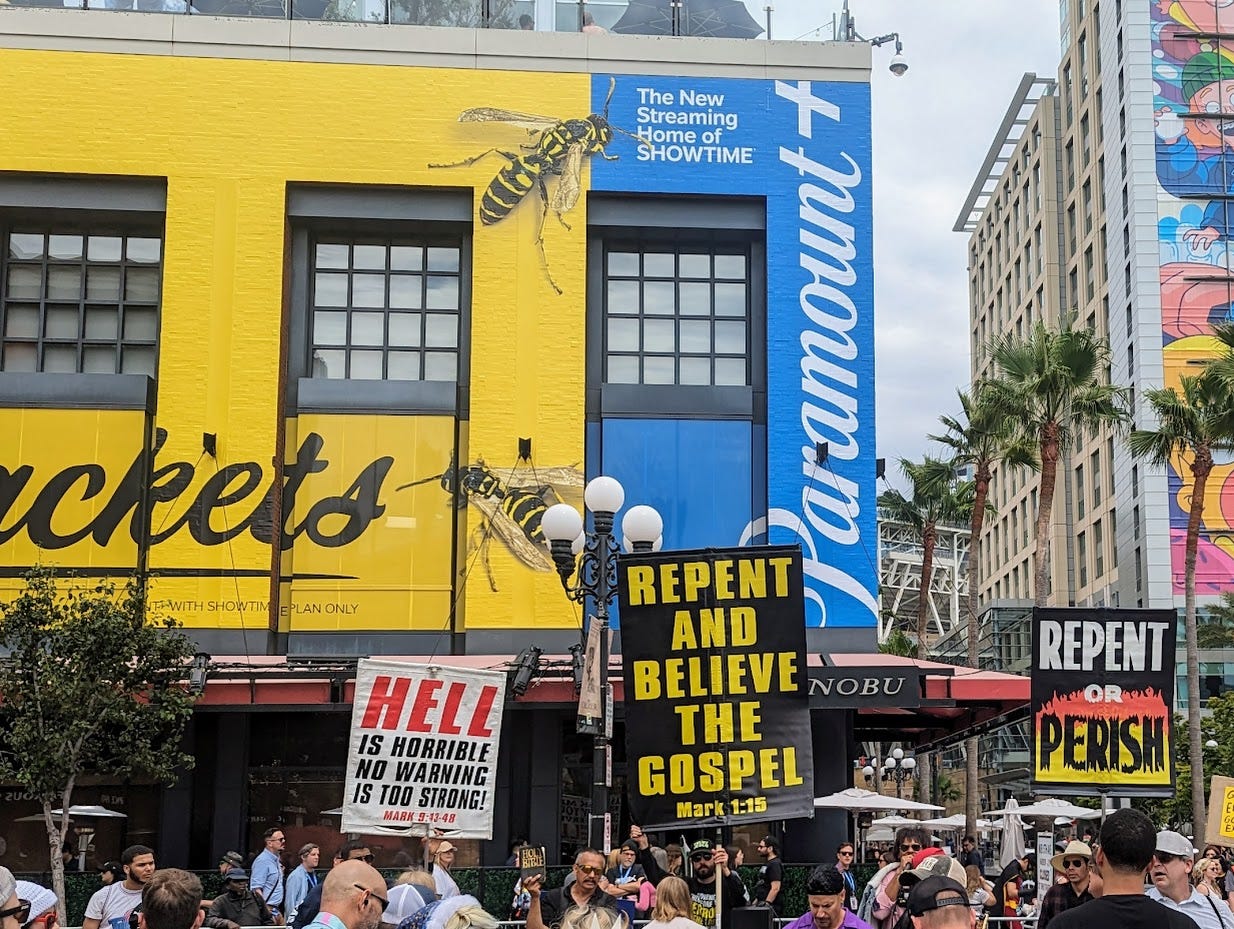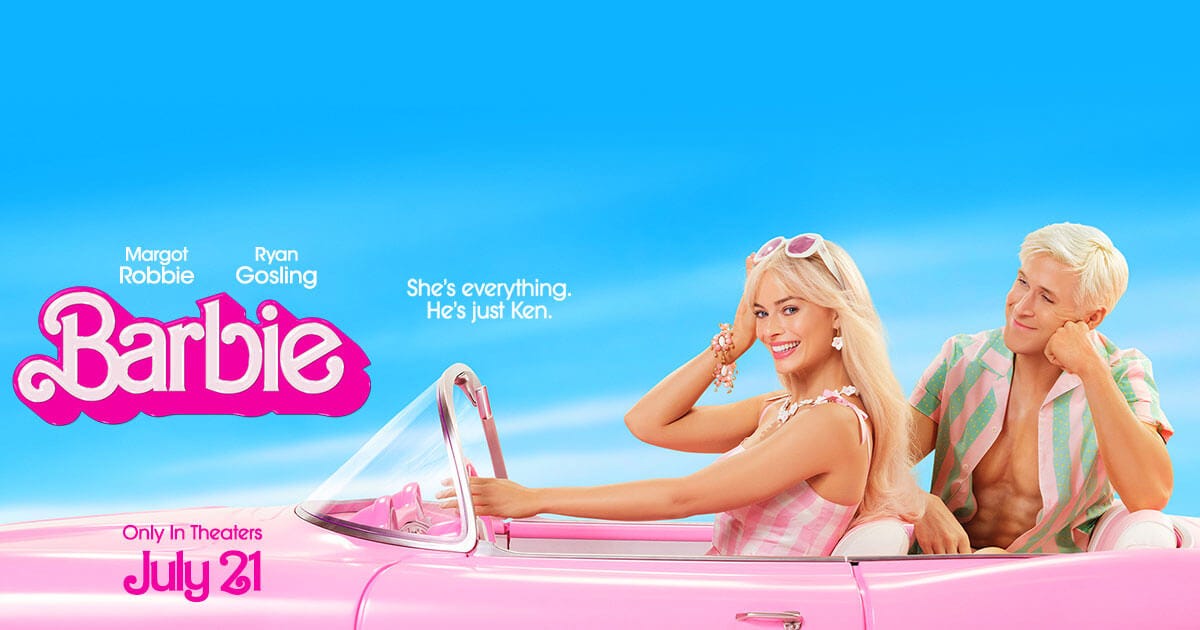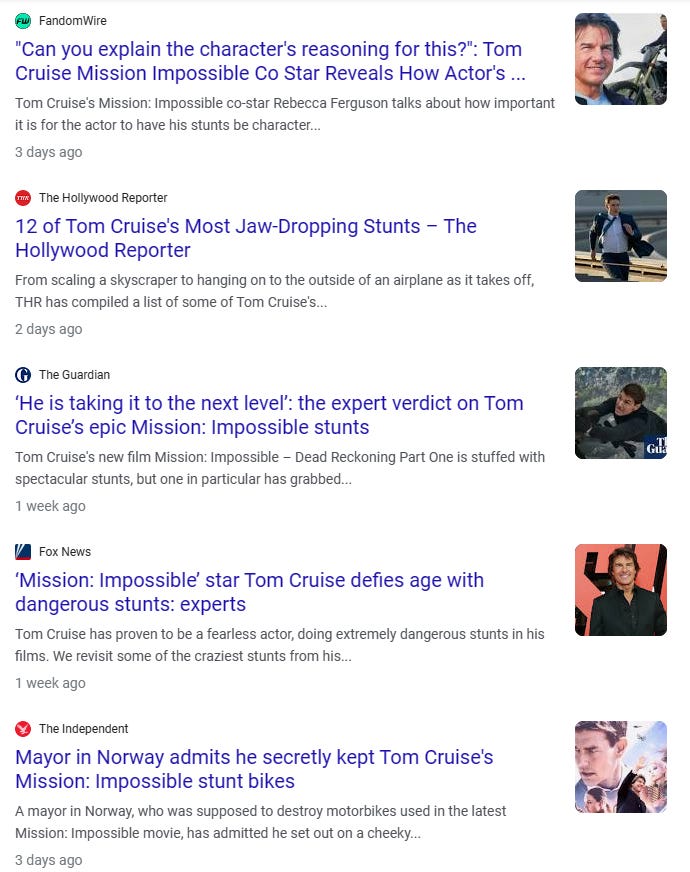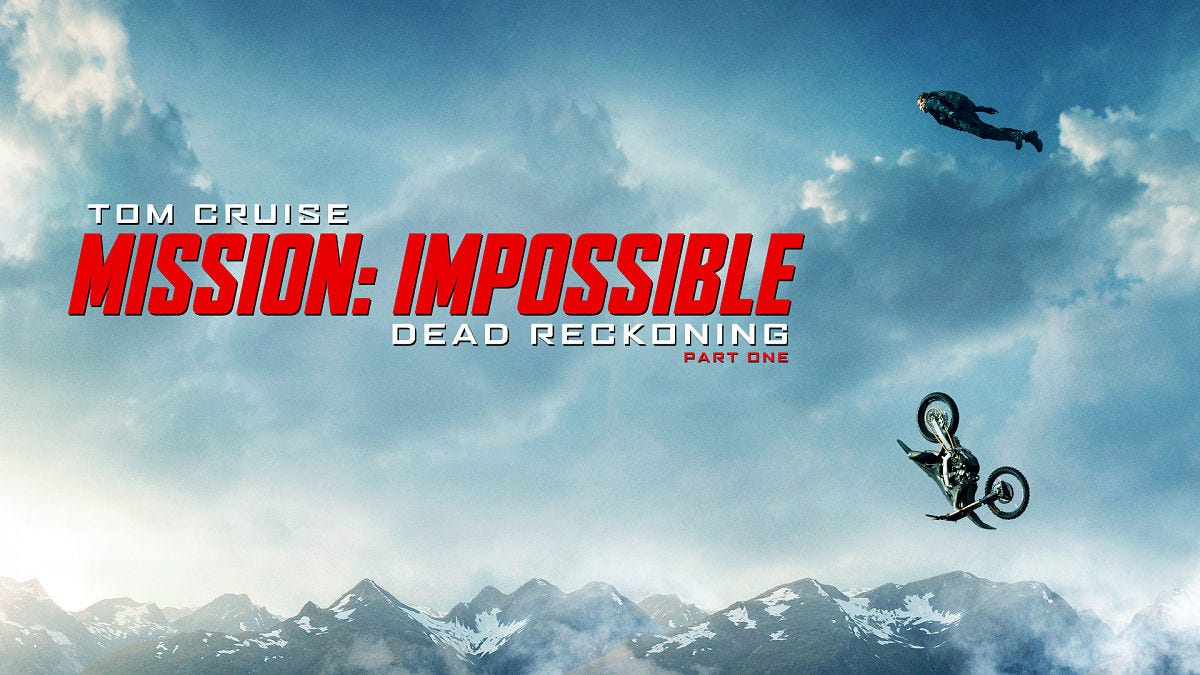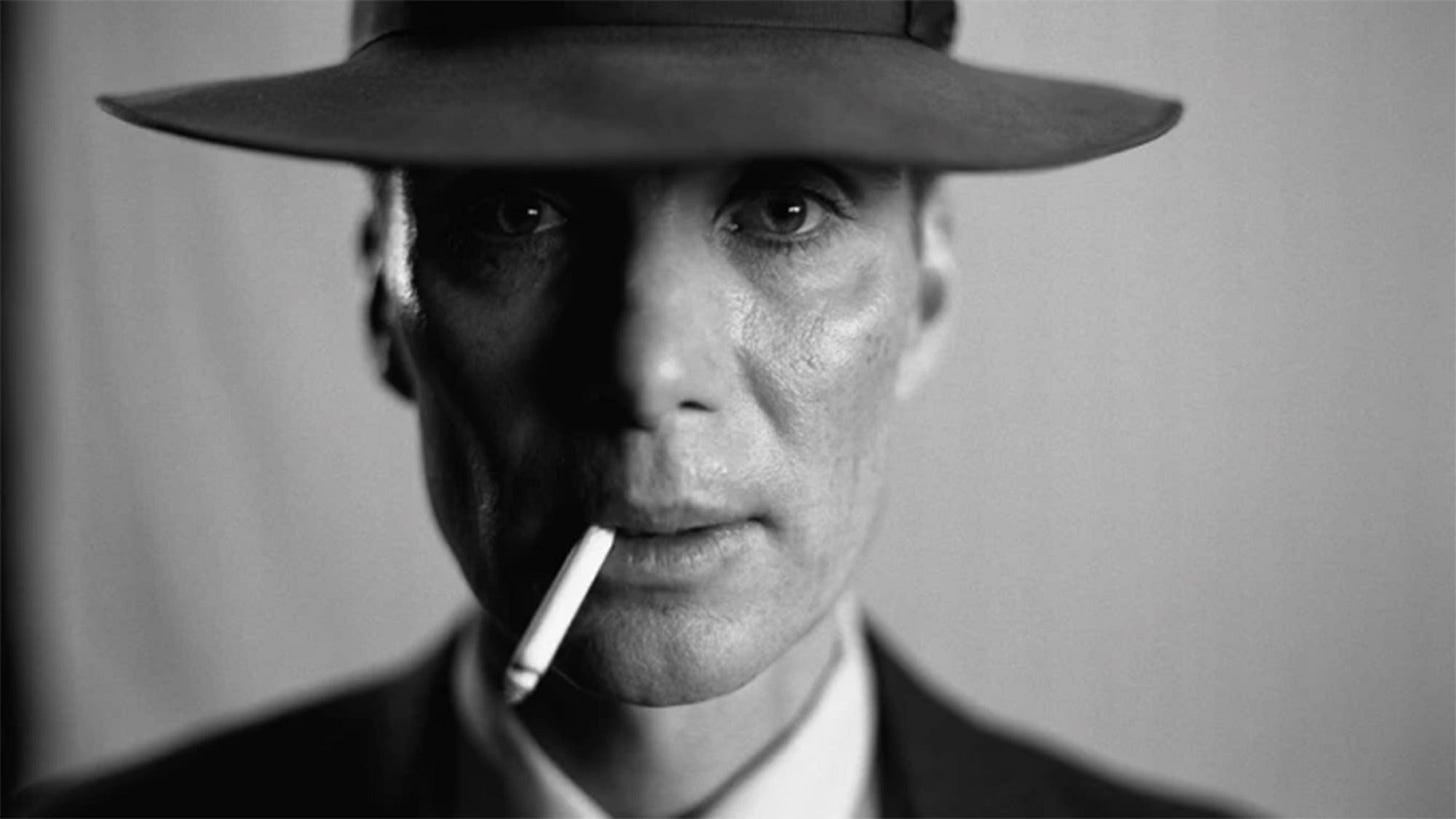“The best thing you can do for your acting career is to write. Cast yourself. Work begets work.”
- Everyone.
Have you ever made your own work?
I estimate that 25-40% of the actors I know are also writers. Smaller numbers are directors. Fewer, producers. It’s a logical move: if you create work and cast yourself, not only do you add your voice to the world, you advertise it.
Advertising through creation is a common PR strategy. You may know it as Content Marketing1. If a French tyre manufacturer can do it, why not you?
Within the actors who write category, I can think of stand-ups, character and sketch comedians, filmmakers, solo show creators, playwrights, YouTubers, TikTokers, podcasters… and that’s before you include the ones writing non-fiction.
But making your own work is not just about the making. Art it a two-way street; it cannot exist in a vacuum. Eventually, you need an audience.
Spreading the Word
A common approach to bringing work to the public among first-time creators is to find or make an enticing image, then add descriptive words, then print it a few times, then bring all the copies to a space where people go to experience new work (a festival, a local theatre, social media…) and then hope.
Sometimes, that works.
Often, it doesn’t.
When you are competing with lots of other new work, it’s difficult to make yours enticing. Multiple attention-grabbing images and messages next to each other can come across as a mess. There is a thin line between carnival atmosphere and chaos.
If we’re very savvy, we’ll know that it’s important to get the press on side. Nothing sells tickets like a recommendation. So, we’ll look up how to make a press release, add all the relevant information, send it to every newspaper e-mail we can find, and then hope.
And sometimes, that works.
And often, it doesn’t.
Just as your potential audience is inundated with conflicting marketing messages, so are arts journalists. Your press release is one subject line of many in any given day’s inbox, each more attention-grabbing than the last. You become one piece in the jigsaw of LOUD.
There has to be a better way.
Arts Marketing is something that has baffled me as frequently as the feeling that I should be doing it. If I were selling a physical product, say a soft drink, I could try to create a fun story around it to lure people in. But how do I create a story around a product when the product is a story?
When people advise you to create your own work, in my experience they leave out the part about getting it an audience. Sometimes, their eyes will mist over and they’ll mumble something about the universe aligning and forging your own path and wanting it hard enough, and all sorts of other ways of insinuating that lack of audience equals lack of character and before you know it you’re trembling in bed wracked with guilt for being a selfish, monstrous, sham of a human, justly punished for the hubris of wanting to be seen.
Exhausting.
If only there was someone to show us the way. Someone we could really, truly trust.
Some people have figured out how to market the arts. They know how to tell stories about stories. They have headquarters in Hollywood and New York, satellite offices around the world, and great juicy PR budgets.
Big films’ advertising campaigns are so much a part of our lives, you could be forgiven for believing we can’t learn anything useful from them. I did. I didn’t even realise that I did, but I did. Until I had the thought: Why not?
So I had a look at what was on and tried to figure out what they were doing, and whether what they were doing is applicable to the rest of us.
I believe it is.
I’m writing during summer blockbuster season. Barbie, Oppenheimer and Mission: Impossible - Dead Reckoning Part 1 are all in cinemas. Their posters hang from every bus stop. But the hype drum began to beat ages before those went up.
These stories begin last year.
Barbie - Pink Outrageous
In June 2022, the first leaked photo of Barbie appeared on the internet. It showed Margot Robbie and Ryan Gosling, he of looking thoughtful and sad, wearing hot pink and cowboy hats.
A week later, a new glimpse appeared. This time, neon and rollerblades.
If you wondered what a Greta Gerwig Barbie film looks like, now you had an idea. It looks wacky. It looks silly. It looks fun.
More details trickled out over the months but the big push began in April 2023. I seem to remember something about a giant shoe. A Barbie selfie generator hit social media. Think this looks fun? You can be part of the fun. AirBnB joined in: you can now stay at the Barbie Malibu dreamhouse. Every glimpse that came out about the film, onset and further afield, carried the same tone.
Joy.
Barbie looks like it was a laugh to make. Everybody seems to be having the time of their life. In the run-up to release, the team pulled big stunts that got everybody talking about how fun it all looks.
And then the trailer hit. And then the first reviews. Joy. Joy. Joy.
You would hope so. Barbie’s genre is Comedy. The on-set glimpses would tell a very different story if we focused on the long hours of the cast and crew or hand-wringing at Mattel about their toy’s legacy. The story of the story is, well, funny.
How does that compare to a different genre?
Mission: Impossible - Life Threatening
In the UK, Mission Impossible did a local push focusing on Simon Pegg. And do you know what he’s been telling us about? What every news outlet’s been talking about?
In every Mission: Impossible film, Tom Cruise will do a big stunt. He’ll do it himself and it will be more dangerous than the last one. If we’re paying attention, we will all know what the stunt is before seeing the film. The story of the story is The Stunt.
Last time, he broke his ankle so that was the story. This time, he didn’t so they needed a different angle. They went with dread. We got to learn about The Sunt through his castmates’ eyes.
"We were up there just to see it. ... We were all a bit hysterical because, I mean, we trust him and we trust the system. We trust everything involved," Pegg explained. "But still, it's nerve-wracking, and he would disappear, and then we'd wait and there'd be a big sort of pause. And then you'd hear good canopy, which meant his chute had opened at least. But he still had to get down to the boom. So it was exhilarating, to say the least."
From CBS
And here’s the film’s billboard.
The Stunt.
Incase you missed it, the genre of Mission Impossible is Action.
Oppenheimer - Very Important People
And to a thinky blockbuster.
In the case of Oppenheimer, much of the early news cycle was dedicated to Cillian Murphy. We learned that the cast liked to eat together but Murphy sat out of the dinners because of the pressure of the role. We learned that he would have dropped everything for any work with Nolan but secretly he always wanted a lead. We learned that his dedication to his craft is an all-consuming.
Later, the scale of the film itself came to the fore. Murphy’s story focused on the challenges of the role so it fell to the supporting cast to prove it’s possible to be serious without being po-faced. Matt Damon collaborated with TikTok star Khaby Lame to release this sketch. We learned more about Nolan’s process, his dislike of phones, his love of cinema, and how he hand-delivered the script to his cast. We learned that the script is red.
I’m reminded of when actors go method on set. Actors use elements of method all the time but if a big star lets it be known that that is how they are working, the story of the story is that they have gone method. The film then benefits from a feeling of being very serious and brainy.
Although that’s not quite the direction the Oppenheimer PR team went, we are still treated to a story of serious, brainy, and, above all, epic filmmaking.
By the way, the genre of Oppenheimer is Drama.
What about us?
Each film gives us a glimpse into the production process which fits the genre. The glimpse tells a story with, at its heart, the tension-filled question: Is this too much? The focus on the Behind The Scenes takes precedence over the plot.
If that all seems a bit overwhelming and like a thing that you can only afford to do with lots of money and time, I disagree. When we make our own work, we do every part of the process to scale. Here are some concrete lessons.
Don’t ignore the big splashy image just because it adds to the noise…
… but do tell a story behind it. The story of the story is what helps the image register in your audience’s mind when you release it.
When figuring out what to say, find a Behind The Scenes story that fits with the genre of your work.
Promotion starts long before the image is out. The longer you have, the more people can talk about it.
Next time you’re writing an Instagram post about an upcoming project and don’t know what to write, I hope this offers some ideas.
By the way, this just crossed my news feed.
Because it makes you happy.






